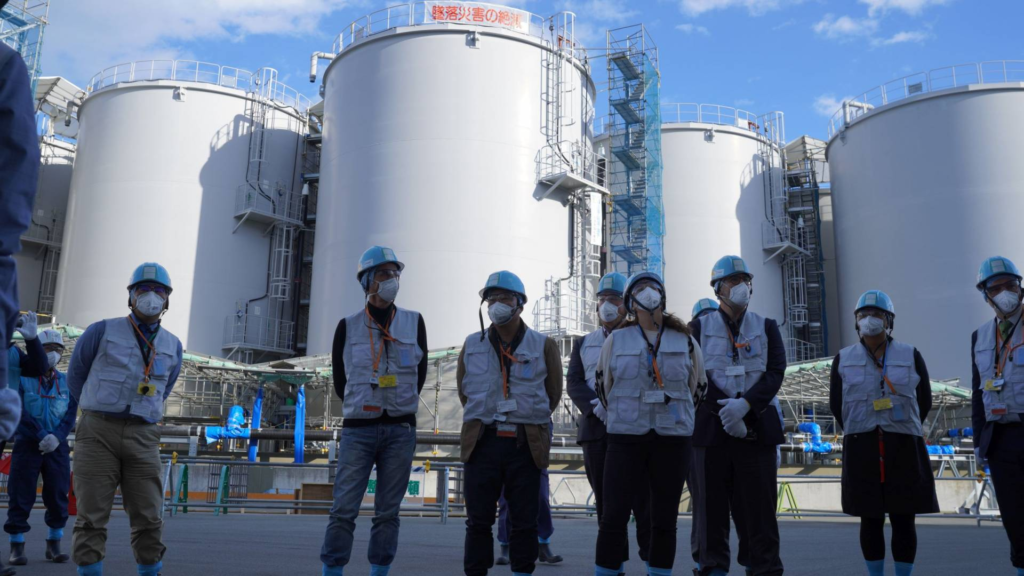Japan’s plan to release treated radioactive water from the Fukushima nuclear plant has attracted significant regional attention. The Fukushima Daiichi nuclear disaster ranks among the most severe nuclear accidents in history.

This incident has sparked concerns regarding the potential impact on the environment and public health. These concerns relate specifically to the release of treated radioactive water.
It is important to remember that the release of treated radioactive water is not the only option available to Japan. Other options, such as evaporating the water or storing it underground, have been considered but rejected. The decision to release the water was made after careful consideration of all of the options, and it is important to respect the decision of the Japanese government.
The IAEA has offered to monitor the release of the water and to provide technical assistance to Japan. This is a good step, and it will help to ensure that the release is carried out safely and in accordance with international standards.
It is also important to remember that the release of treated radioactive water is a long-term process. It will take decades for all of the water to be released, and the amount of water released each year will be small. This means that the impact of the release on the environment and public health is likely to be very limited.
Overall, the release of treated radioactive water from the Fukushima Daiichi nuclear plant is a complex issue with no easy answers. However, the IAEA’s review of the plan found that it is in conformity with international safety standards, and that the release is likely to have a very limited impact on the environment and public health.
